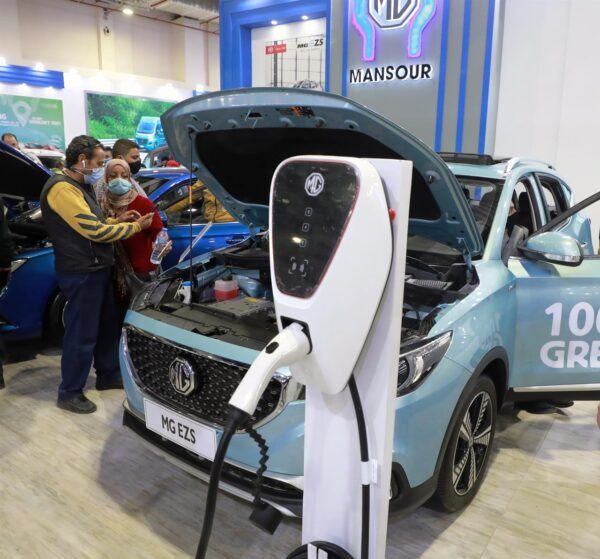Aside from understanding the changes in driving habits with an electric vehicle, it is also crucial for dealers to understand how to perform maintenance and repairs, and what the key safety measures are for conducting work that involves disconnection systems and high-voltage components, among others.
High-voltage tools must comply with the necessary certification requirements for electric vehicle repairs. Additionally, it is advisable that these tools undergo thorough testing and hold international certifications.
For this reason, the maintenance and repairs of electric vehicles require a series of precautions, but above all, specific tools.
Isolating Tools
In contrast to tools used in fossil fuel-powered vehicles, the repair and maintenance of electric vehicles requires the use of special insulation tools to keep personnel safe from potential electric shocks.
Generally, these safety tools are employed in repairing high-voltage batteries. Their primary objective is to securely protect against electrical risks, and they also adhere to the IEC 60900 standard in its various versions.
What Is the IEC 60900 Standard?
It is an international standard established by the International Electrotechnical Commission that specifies safety requirements for insulated tools used in electrical and electricity-related work. This standard applies to insulated hand tools such as screwdrivers, pliers, wrenches, among others, used in environments where there is a risk of electric current.
Technician Equipment
Ensuring the safety of each operator is a crucial aspect when working with electric vehicles. On the one hand, specialized helmets for these tasks protect the head, with the additional feature of an integrated mask that safeguards the face, neck, and head from electrical effects. These helmets must be made from insulating material.
In addition, certified gloves protect the operator from electrical shocks, as they are made from insulating material. It’s important to note that these gloves must be used in conjunction with leather gloves or gloves that provide mechanical protection from the outside to guard against both mechanical and electrical risks.
Charging Points
Charging points will serve both to charge vehicles while they are in the workshop and to identify and resolve system-related issues, especially concerning the communication protocol between the vehicle and the charging point.
This communication protocol ensures that the charging point provides the correct amount of energy to the vehicle and that the vehicle’s battery is charged safely and efficiently.

Rethinking the Dealership From the Charging Point Perspective
In some dealerships, especially in the United States, the placement of a charging terminal is complemented with another business unit to make the most of the time the customer will spend waiting for their vehicle to charge.
This article on the CBT website proposes different strategies for redesigning the dealership around electric vehicles and charging stations.
Signage
It is also important to have a clearly marked area designated as a caution zone, complete with barriers and appropriate signage. All of this will ensure proper protection for the technician and equipment, as well as for customers, preventing any type of accidents.
Conclusion
While it is a reality that the widespread adoption of electric vehicles will lead to less demand for repairs compared to combustion engine vehicles, it is relevant to proactively plan and implement or convert workspace areas in workshops and dealerships to meet the demand for EV services.
This creates new business opportunities, especially for those dealerships with a focus on medium and long-term growth.

Diego Cosentino
Sustainable Mobility / e-mobility Consultant
With over 20 years of experience in the automotive sector, Diego has held middle and managerial positions in international companies and organizations alongside multicultural teams. He has been responsible for mobility area management, leading the implementation of various communication actions and business models that resulted in effective alliances with various private sector players.


